The water consumption of The Cooling Tower during operation can be divided into three major points
The water consumption of cooling towers during operation can be divided into three major parts:
Evaporation loss, splash loss and emission loss
Water losses in cooling towers are first and foremost evaporation losses. During the cooling process of the cooling tower, most of the water evaporates into the atmosphere, and at the same time, the latent heat of vaporization is used to achieve the cooling effect and reduce the water temperature, which is called evaporation loss. Evaporation of water is inevitable for water loss in cooling towers because the sensible heat of water is much smaller than the latent heat. This is also the main reason to go to the heat. However, the measurement of evaporative losses is entirely dependent on an important factor, the moisture content of the air surrounding the cooling tower. However, the external air factor cannot be controlled artificially, so the loss can only be evaporated by the external air.
The second source of cooling tower water loss is splash loss. The uncooled high-temperature circulating water is pumped to the nozzle on the top of the cooling tower and sprayed onto the fill for cooling.
During the filling process, some small water droplets may be carried out of the cooling tower by the air flowing up through the cooling tower, causing flying losses.
Cooling tower water loss factor three: discharge loss
The cooling of the cooling tower is the action of repeatedly absorbing the temperature of the equipment between the water supply pipeline and the cooling tower. During the process, because the cooling tower is an open structure, it is inevitable that impurities and residues will be incorporated into the water body, which is usually required for maintenance and heat dissipation. Evaporate the cooling water, so the temperature of the dissolved salt in the water rises, which also causes the growth of microorganisms and algae plants, so the cooling water must be discharged to a certain extent, and sometimes the cooling tower and pipeline must be cleaned, filled with clean water and discharged The waste water lost is called discharge loss.
The above is the analysis of the three reasons for the water loss of the cooling tower. If your cooling tower has the problem of water loss, you may wish to look at these reasons and see if it is caused by the above factors.
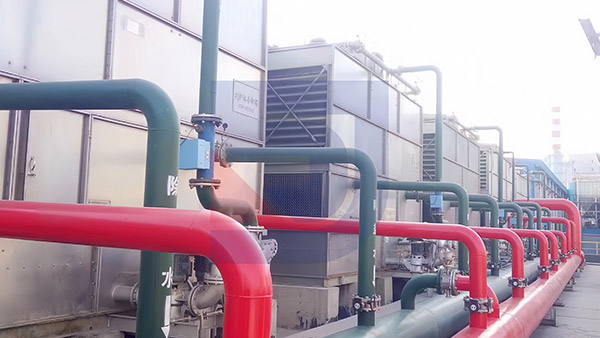

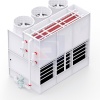
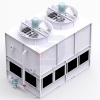
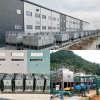
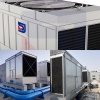

 Whatsapp
Whatsapp